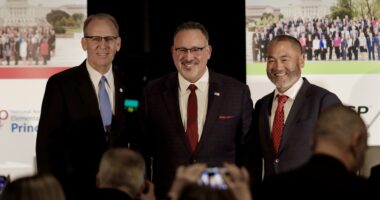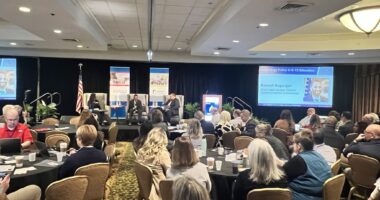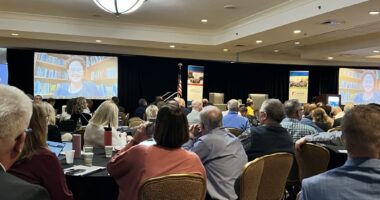Community Connection
In this Principals’ Voices in School Equity blog post, a principal explains how she uses neighborhood walks, scavenger hunts, and focus groups to help her faculty and staff—and herself—forge stronger connections with the school community.

I remember being appointed as the principal of Chillum Elementary and wondering whether I was the best fit for the community. I believed the community needed a bilingual principal to be able to connect with the 54-percent Hispanic population. Although I had served in a high English language learner population before, it is different when you are the principal. What I didn’t expect is how seamless the transition would be.
If I had to choose one thing that I feel the strongest about, it would be my ability to cultivate and create a high school climate and culture. My first year at Chillum, I focused on understanding the demographics, student population, and varying parent groups. One of the first activities we did as a staff was take a neighborhood walk and scavenger hunt in the local community mall. It was amazing to me to hear how many staff members did not realize what was within the community in which they worked for years. The moment solidified that the only way that I could successfully lead a school such as Chillum was to understand the community.
Meet Community Needs
To understand the concerns, needs, and wants from parents, I held focus groups by demographic to create safe atmospheres for parents to share. Afterwards, we merged the groups to allow them to interact and collaborate with one another. These conversations were strategically created to allow parents the opportunity to understand and ultimately appreciate one another. Gaining the support and buy-in from parents was the first step in meeting the needs of the community.
Celebrate Cultures and Traditions
Students are the easy part! When students know that you care about them and where they come from, they’ve already brought into whatever it is that you are selling. I learned from our students. I asked questions about the cultures and traditions. I attended their performances and events in which their culture and history was celebrated. Spanish is a second language for me and our students were patient with me as they with excitement taught me their first language. It was important for me that all students saw themselves in books, murals around the school, media publications used for branding.
Understand Representation Matters
I am a strong advocate in students being able to see teachers that look like them, but if they aren’t able to, teachers that understand and appreciate diversity and possess cultural awareness. During teacher interviews, we center our questions and conversation on how teachers perceive cultural awareness. We look beyond the buzzwords and responses centered on theory. As an interview team, we pose scenario questions and ask interviewees to share positive and negative experiences with cultural and diversity. Through these conversations, we are able to determine a teacher’s capacity, ability to be coached, and open-mindedness. We have even had students join in on teacher interviews. This has fostered a community centered on student empowerment, but it has also shown prospective teachers that our students matter and their voice is important.
Regardless of what type of school you lead, if your cultural background is the same or different than your students, one thing remains: Your community must feel you care. They must feel your presence, and they must feel that their history, their voices, their lived experiences matter to you.
Ryan Daniel is principal of Chillum Elementary School in Chillum, Maryland. Connect with her on Twitter at @HeyDrDaniel.
Read more from the Principals’ Voices in School Equity blog series.




